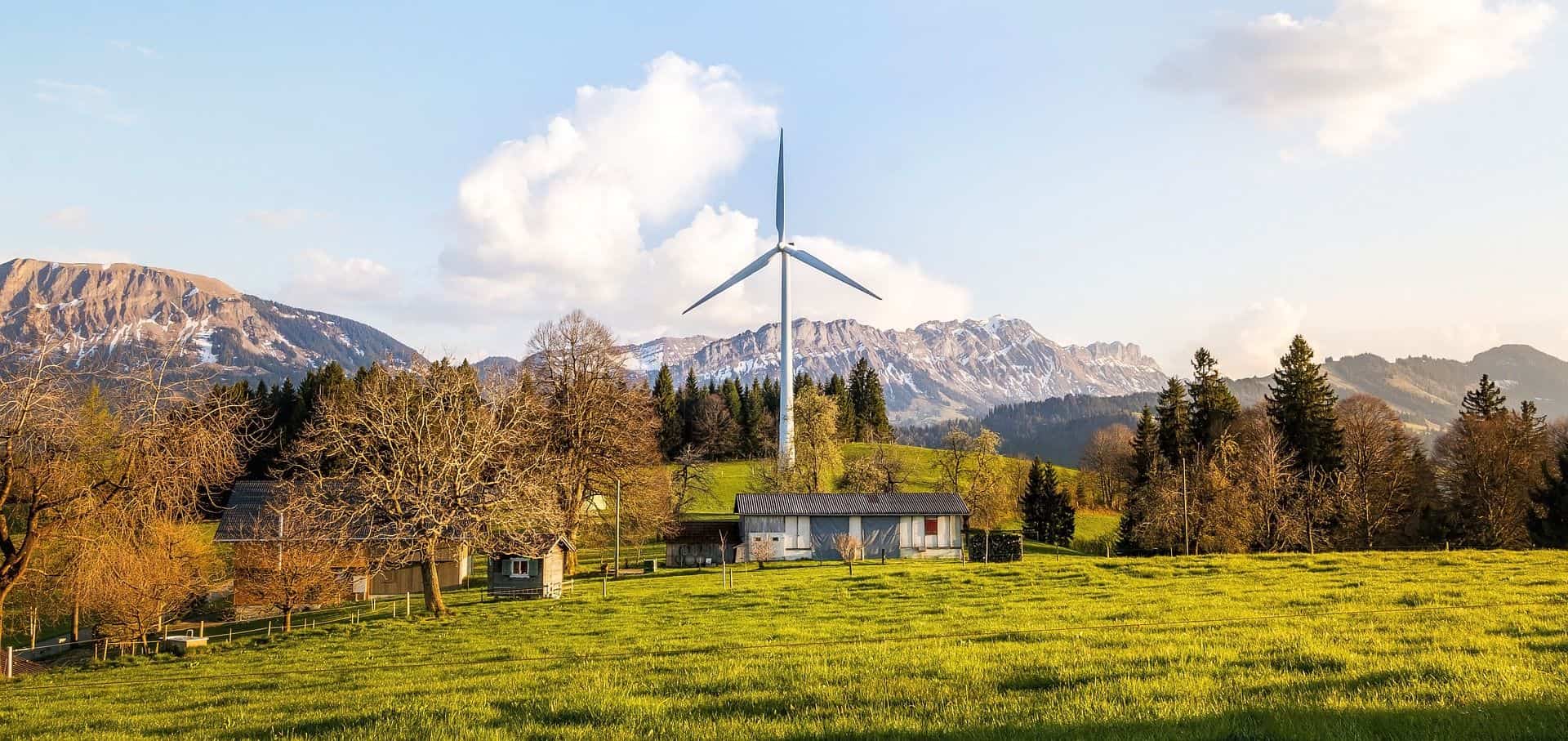Across the globe, the energy transition is drastically reshaping our energy landscape, introducing a new era of innovation and sustainability. With each region encountering distinct challenges from their diverse starting points, one resounding theme echoes through the global dialogue: robust investments in energy infrastructure are imperative.
Esteemed information outlets such as Bloomberg NEF, McKinsey, the International Energy Agency, and the EU Commission emphasize the monumental scale of this transition. However, merely reinforcing physical infrastructure to meet the demands of renewable energy integration would prove both time-consuming and economically burdensome for societies worldwide.
If we were to manage the grid capacity required in the traditional way, that is by re-enforcing physical infrastructure alone, it would entail a significant investment of time and financial resources, imposing a substantial burden on societies across the globe.
Fortunately, innovative strategies are evolving to mitigate these challenges. Often, a big part of the technical solution strategy is Distributed Energy Resources Management, commonly known as DERMS.
But why does it seem to be so difficult to agree on what a DERMS really is?
The term has evolved over the years from Demand Response, DRMS, DERMS, ADMS… Where does one system end and the other start?
Interestingly, but perhaps completely naturally, the reason behind this confusion might lie in the simple fact that different regions seem to pursue different paths and strategies towards a sustainable energy future. During numerous hours spent talking to grid operators over multiple continents, these are my observations:
In territories with high solar penetration from domestic rooftop PV, such as California and Australia, the necessity for active control of generation on the low voltage grid is becoming urgent. In California, Rule 21 aims to facilitate smart integration of DERs and mandates inverters to support advanced communication and control capabilities. By supporting standard application protocols like 2030.5, grid operators can control PV exports directly to manage voltage violations.
Across the United States there is a similar long-standing tradition of direct load control from Demand Response programs. In this case the grid operator has the capability to incorporate customer assets, such as water boilers or EV chargers, and provide cost reductions on grid usage for end customers in return for the ability to curtail customer load during peak periods.
Similarly, Australia also has major challenges with overvoltage, with an installed capacity of rooftop PV of more than 34 GW. 30-50% of PV penetration is normal in many neighborhoods. In Australia Dynamic Operating Envelopes (DOEs), enabling “Flexible export connections”, have become the standard for managing grid over-voltages.
To address over voltages, the Australian alternative involves implementing a fixed export limit for customers, which may be as low as 1 kW.
Via Dynamic Operating Envelopes, abbreviated as DOE, customers are provided with a dynamic export limit, akin to a dynamic grid code, allowing them to vend surplus power and bolster the overall renewable energy capacity within the Australian system. These DOEs represent load and voltage profiles, forecasted by grid operators 24 hours in advance. While compatible smart inverters can be directly controlled using these envelopes, they are primarily disseminated to aggregators as grid constraints within which they must manage their customers.
At the opposite end of the spectrum, transitioning from direct to indirect control, we encounter the EU regulation. Starting with the Green Deal and the Energy Markets Directive 944 in 2019, the European Union has clearly stated its position favouring market-based ways of activating consumer flexibility.
The TSO markets for ancillary services provide inspiration for addressing constraints at the distribution level. The core of the regulation is that services that cost-efficiently alleviate the need to upgrade grid capacity shall be procured using market-based procedures. However, in practice European DSOs can use three main tools to activate flexibility: (1) Local capacity markets; (2) Bilateral agreements; (3) and non-firm connections. A bilateral agreement should also be obtained through competition, but it often involves a longer-term contract and isn’t necessarily acquired through a marketplace.
A non-firm connection is a temporary arrangement to enable a new customer to connect to a constrained grid. The non-firm connection allows the DSO to curtail generation or reduce load, when necessary but can only be used until the bottleneck for the connection has been solved. Similar concepts exist globally but under different terms such as flexible interconnections, flex connections or dynamic connections.
No rule isn’t without its exception, though. Interestingly, Germany is taking a rather different approach than the rest of European Union since 2024 when the EnWG §14a regulation came into force. This amendment to the energy regulation enables grid operators to reduce the consumption of low voltage loads such as EV chargers, heat pumps and batteries down to 4,2 kW in the event of critical grid constraints. In return the customer obtains a reduced grid fee. It works like a demand response program; however, in this case, participation is mandatory for both consumers and network operators, who are required to promptly accept all new applications.
A common challenge worldwide is the growing need for coordination between DSOs and TSOs, as well as defining clear boundaries for service providers to operate within. With increasing local congestion and voltage services provided by resources also bidding into ancillary markets, the risks for conflicting goals increase. The unpublished EU network codes for demand response states that grid constraints must be made public for these service providers to comply with. These dynamic constraints resemble the Australian Dynamic Operating Envelops (DOE) concept.
This isn’t a complete look at the situation, and there are plenty of other solutions out there. But even with just these few examples, it’s easy to see why there’s confusion about both the problem and the tech needed to fix it. Why we ended up in this situation probably has multiple reasons but changing a 100-year-old regulated system such as electricity distribution is a slow and complicated process.
Either way, let’s keep those acronyms coming!


